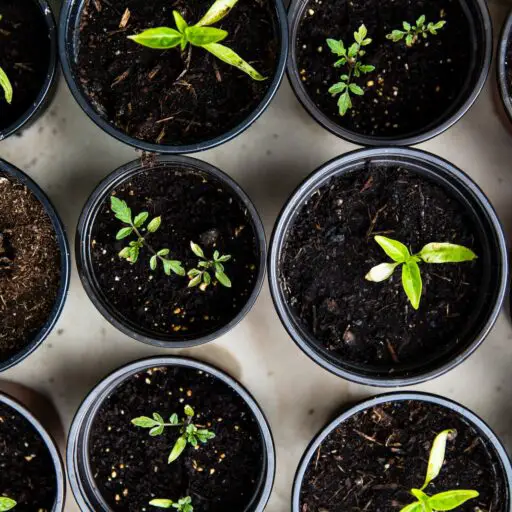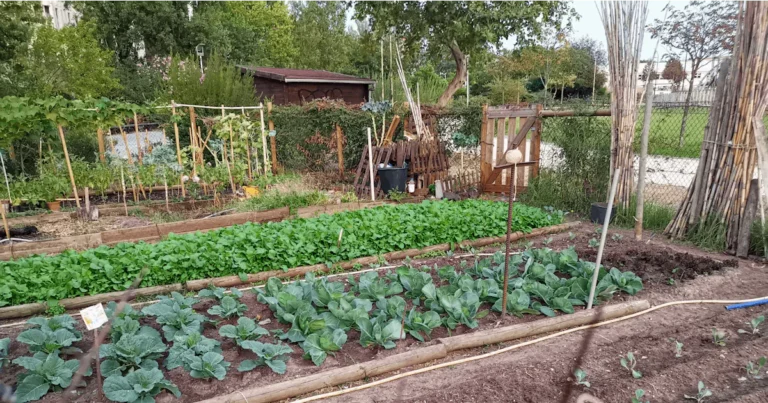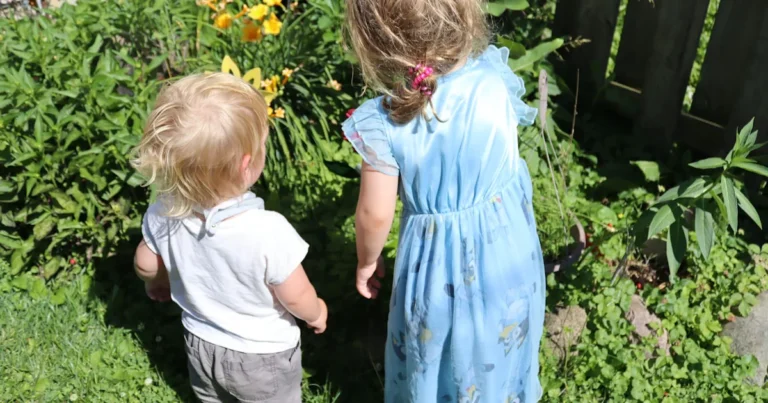Support our educational content for free when you purchase through links on our site. Learn more
Community gardens are more than just patches of green in urban landscapes; they are vibrant spaces that hold the potential to transform communities in profound ways. Did you know that participating in a community garden can increase your fruit and vegetable intake by 37.5%? Imagine cultivating not just plants but connections, health, and sustainability right in your neighborhood! In this article, we’ll explore the 20 transformative benefits of community gardens, from fostering social bonds to enhancing environmental health. Whether you’re a seasoned gardener or just curious about the green revolution happening in your city, there’s something here for everyone.
As we dive into the power of community gardens, you’ll discover how these shared spaces can combat food insecurity, promote mental well-being, and even beautify your neighborhood. Are you ready to unlock the secrets of community gardening? Let’s dig in!
Key Takeaways
- Community gardens foster social connections, bringing diverse individuals together to collaborate and grow.
- They provide access to fresh produce, improving nutrition and combating food deserts.
- Engaging in gardening activities has been shown to enhance mental health and reduce stress.
- Community gardens contribute to environmental sustainability, promoting biodiversity and improving air quality.
- They serve as educational platforms, teaching valuable skills about gardening and nutrition.
Ready to start your own community garden or enhance your gardening experience? 👉 Shop gardening tools and seeds to kickstart your journey! 🌿
Table of Contents
- Quick Tips and Facts
- The Rich History and Evolution of Community Gardens
- The Transformative Power of Community Gardens
- Top 20 Benefits of Community Gardening
- How Community Gardens Foster Social Connections
- Environmental Impact: Greening Our Urban Spaces
- Nurturing Health: The Physical and Mental Benefits
- Getting Started: Tips for Creating Your Own Community Garden
- Success Stories: Inspiring Community Garden Projects
- Get Hopeful Tips Delivered Right to Your Inbox
- Conclusion
- Recommended Links
- FAQ
- Reference Links
Quick Tips and Facts
- Community gardens are shared spaces where individuals can grow fruits, vegetables, and flowers, fostering community spirit and sustainability. 🌱
- They can significantly reduce food insecurity, providing fresh produce to neighborhoods with limited access.
- Engaging in community gardening can lead to improved mental health, as it promotes physical activity and social interaction. 🧘♀️
- Community gardens can transform vacant lots into vibrant spaces, enhancing neighborhood aesthetics and pride.
- They serve as educational platforms, teaching gardening skills, nutrition, and environmental awareness to all ages. 📚
The Rich History and Evolution of Community Gardens

Community gardens have a storied past, dating back to the 1800s in the U.S. They gained significant traction during World War II when “victory gardens” were planted to support the war effort. These gardens were not just about food production; they represented resilience and community spirit.
Key Historical Milestones
| Year | Event |
|---|---|
| 1893 | First community garden established in Detroit. |
| 1940s | Victory gardens flourish during WWII. |
| 1970s | Urban gardening movement begins to rise. |
| 2000s | Community gardens recognized for their role in food security. |
Community gardens have evolved from wartime necessity to modern-day solutions for food deserts, social cohesion, and environmental restoration. They are now seen as vital components of urban planning and community development. 🌍
The Transformative Power of Community Gardens
Community gardens are more than just plots of land; they are transformative spaces that foster connection, resilience, and sustainability. They provide a platform for individuals to come together, share resources, and cultivate not only plants but also relationships.
Why They Matter
- Social Cohesion: Community gardens create a sense of belonging, inviting people from diverse backgrounds to collaborate. As Cathy Walker from the American Community Gardening Association states, “Community gardening gives you a chance to get to know your neighbors as equals.” 🤝
- Environmental Benefits: These gardens help combat urban heat, improve air quality, and promote biodiversity by attracting pollinators and wildlife. 🌼
- Food Security: They provide fresh produce to communities that may otherwise rely on processed foods, improving overall health and nutrition.
Top 20 Benefits of Community Gardening 🌿
- Fresh Produce Access: Provides nutritious food options.
- Environmental Cleanup: Transforms neglected areas into green spaces.
- Social Interaction: Reduces isolation and fosters friendships.
- Physical Activity: Encourages exercise through gardening tasks.
- Mental Health Benefits: Reduces stress and anxiety.
- Educational Opportunities: Teaches gardening and nutrition skills.
- Cultural Preservation: Allows for the cultivation of culturally significant plants.
- Community Pride: Beautifies neighborhoods and increases property values.
- Crime Reduction: Engaged communities tend to have lower crime rates.
- Economic Development: Can lead to local job creation and increased property values.
- Inter-Generational Learning: Brings together young and old for shared experiences.
- Sustainable Practices: Promotes composting and organic gardening.
- Resilience Building: Strengthens community ties during crises.
- Therapeutic Benefits: Gardening as a form of therapy.
- Biodiversity Promotion: Supports local ecosystems.
- Food Education: Increases awareness of food sources and nutrition.
- Volunteer Opportunities: Engages community members in meaningful work.
- Shared Resources: Encourages sharing of tools and knowledge.
- Local Identity: Strengthens community identity through shared goals.
- Fun and Recreation: Provides a space for leisure activities and events. 🎉
How Community Gardens Foster Social Connections
Community gardens act as social hubs, where individuals can gather, share experiences, and build relationships. They create a sense of belonging and offer a neutral ground for people from different backgrounds to connect.
Ways They Connect Us
- Shared Goals: Working together towards a common goal fosters teamwork and camaraderie.
- Cultural Exchange: Gardens often feature plants from various cultures, promoting diversity and understanding.
- Events and Workshops: Many gardens host events that encourage community participation, such as potlucks, workshops, and celebrations.
Personal Story: One gardener shared how their community garden became a gathering spot for neighbors, leading to friendships that extended beyond the garden. “We started as strangers, but now we celebrate birthdays and holidays together!” 🎈
Environmental Impact: Greening Our Urban Spaces 🌳
Community gardens play a crucial role in enhancing urban environments. They help mitigate issues like air pollution, stormwater runoff, and urban heat islands.
Environmental Benefits Breakdown
| Benefit | Description |
|---|---|
| Air Quality Improvement | Plants absorb CO2 and release oxygen. |
| Stormwater Management | Gardens absorb rainwater, reducing runoff. |
| Biodiversity Support | Attracts pollinators and wildlife. |
| Soil Restoration | Improves soil health through composting. |
By transforming vacant lots into green spaces, community gardens not only beautify neighborhoods but also contribute to a healthier environment for everyone. 🌼
Nurturing Health: The Physical and Mental Benefits
Engaging in community gardening has been shown to have profound effects on both physical and mental health.
Physical Health Benefits
- Increased Activity: Gardening involves physical labor, which can improve cardiovascular health.
- Nutrition: Access to fresh produce encourages healthier eating habits. Studies show that community gardeners consume 37.5% more fruits and vegetables than non-gardeners.
Mental Health Benefits
- Stress Reduction: Gardening has therapeutic effects, reducing cortisol levels and promoting relaxation.
- Community Support: Building relationships through gardening can combat loneliness and improve emotional well-being.
Quote: Jim Guckert, founder of Guerrilla Gardeners of Washington, D.C., states, “Gardening is good for the soul…It’s meditative and contemplative.” 🧘♂️
Getting Started: Tips for Creating Your Own Community Garden
Thinking about starting a community garden? Here’s a step-by-step guide to help you get started! 🌱
Step-by-Step Guide
- Gather a Group: Find interested neighbors and form a planning committee.
- Choose a Location: Look for vacant lots or underutilized spaces. Check local policies regarding land use.
- Plan the Garden Layout: Decide on individual plots, communal areas, and pathways.
- Obtain Necessary Permissions: Contact local authorities to secure permissions for gardening.
- Fundraising and Resources: Seek donations or grants to fund your garden. Consider local businesses for support.
- Start Planting: Choose plants that are suitable for your climate and soil conditions.
- Engage the Community: Host events to promote the garden and encourage participation.
Tip: Start small and expand as interest grows! 🌼
Success Stories: Inspiring Community Garden Projects
Across the country, community gardens have made significant impacts. Here are a few inspiring examples:
- The Story Garden in Minneapolis transformed a tornado-ravaged neighborhood into a thriving community space. Residents rent lots for just $1 a year and have created a space for gardening, storytelling, and community events. 🌻
- Urban Growers Collective in Chicago operates multiple urban farms, providing fresh produce and employment opportunities for local residents. They distributed thousands of boxes of produce during the pandemic, showcasing the power of community support.
These stories remind us that with a little effort and collaboration, we can create spaces that nurture both plants and people.
Get Hopeful Tips Delivered Right to Your Inbox
Want to stay updated on community gardening tips, events, and success stories? Sign up for our newsletter and join the movement to grow together! 🌱✨
Conclusion
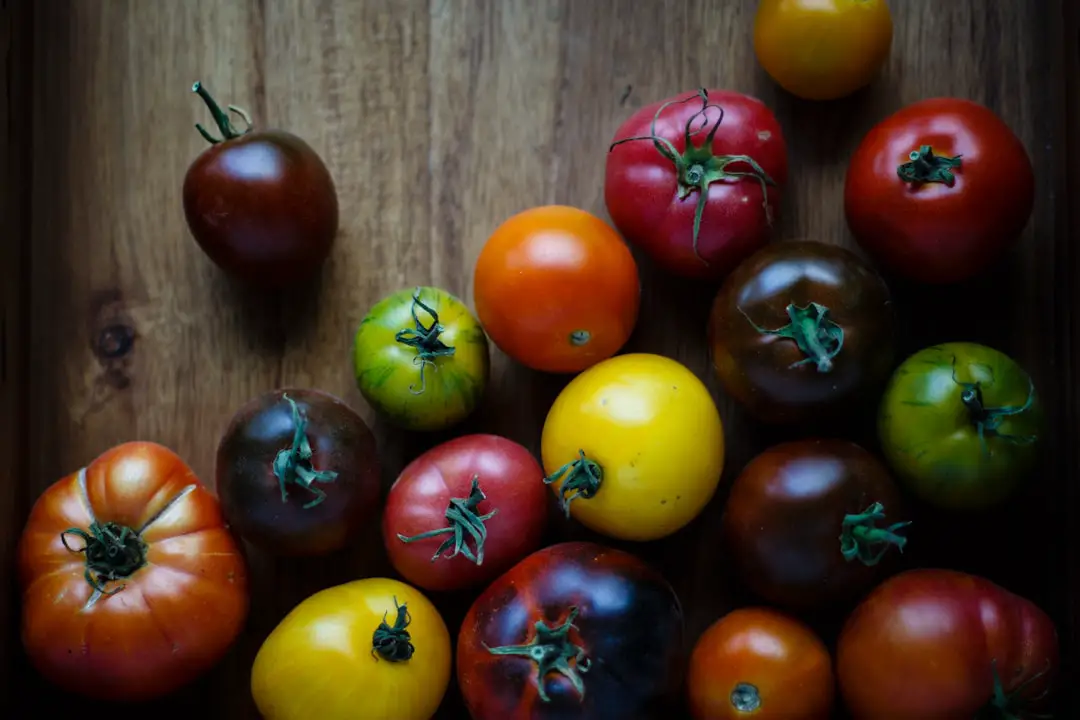
Community gardens are powerful tools for fostering connection, improving health, and enhancing our environment. They transform not just the land but also the lives of those who participate. Whether you’re looking to grow your own food, meet new friends, or beautify your neighborhood, starting or joining a community garden can be a rewarding experience.
Recommended Links
- Benefits of Community Gardens
- Community Garden Events
- Community Garden Policies
- Garden Design Ideas
- Garden Maintenance Tips
FAQ
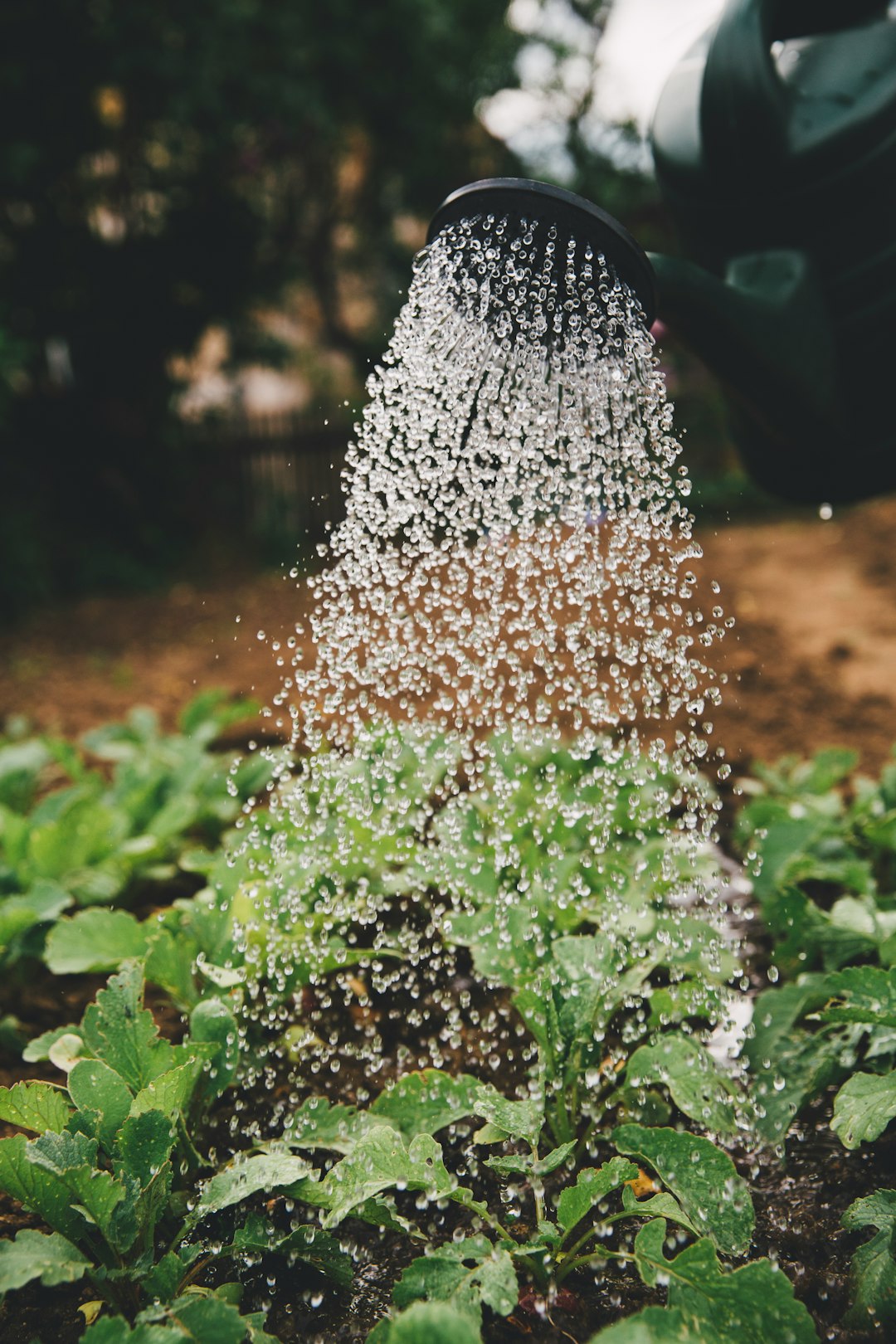
Q: What is a community garden?
A: A community garden is a shared space where individuals can grow plants, vegetables, and flowers, fostering community spirit and sustainability.
Q: How can I start a community garden?
A: Gather interested neighbors, choose a location, plan the layout, obtain permissions, and start planting!
Q: What are the benefits of community gardening?
A: Benefits include access to fresh produce, social interaction, environmental improvement, and mental health support.
Reference Links
Feel free to explore these resources for more in-depth information and inspiration on community gardening! 🌿
Conclusion
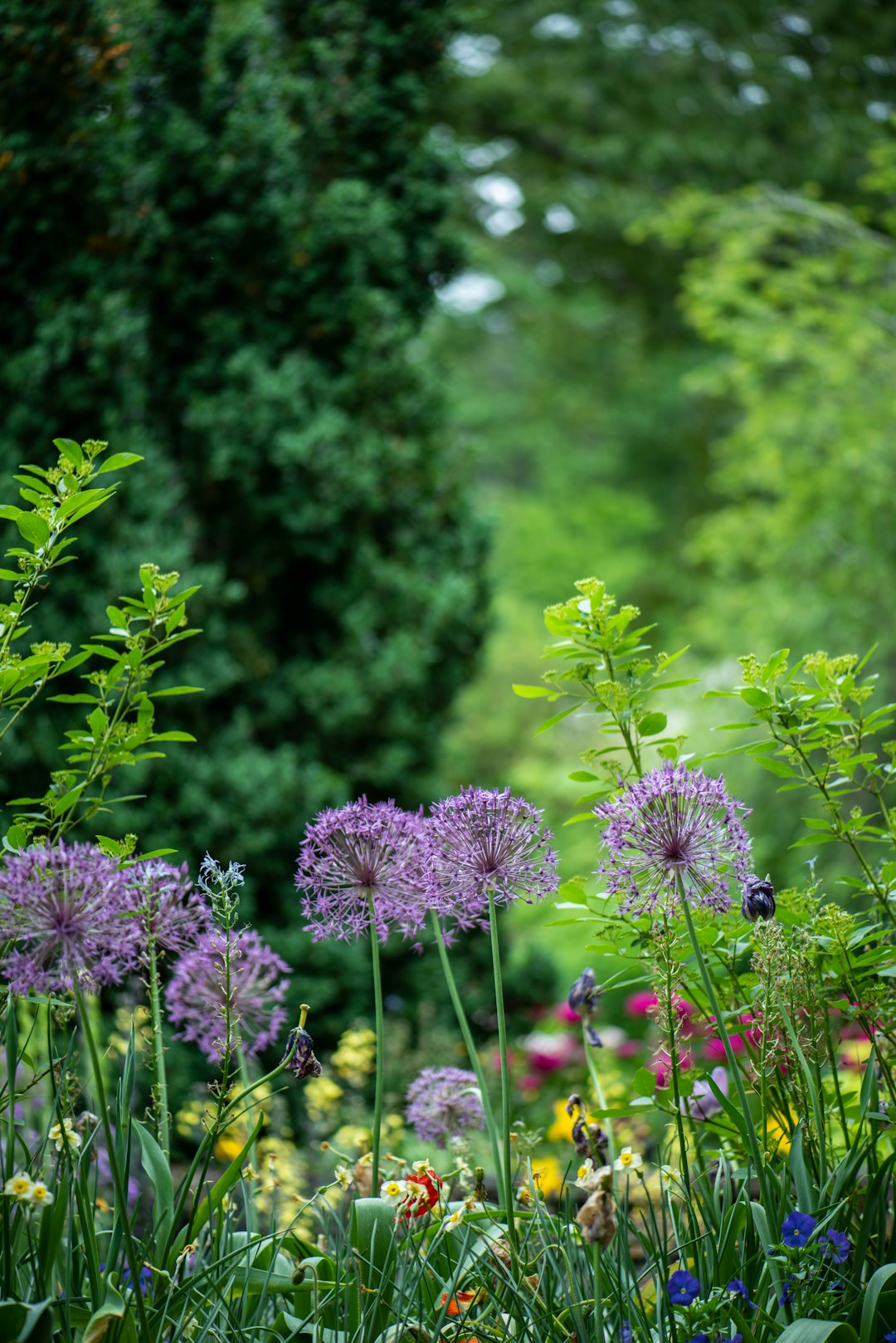
In conclusion, community gardens are much more than just patches of green; they are vibrant ecosystems that foster community spirit, improve mental and physical health, and promote sustainability. By bringing people together to grow food, share knowledge, and create beautiful spaces, these gardens have the power to transform neighborhoods and enhance the quality of life for all involved.
Summary of Positives and Negatives
Positives:
- Social Cohesion: They create a sense of belonging and community.
- Health Benefits: Access to fresh produce and physical activity improves overall health.
- Environmental Impact: They enhance urban ecosystems and promote biodiversity.
- Educational Opportunities: Teach valuable skills in gardening, nutrition, and sustainability.
Negatives:
- Resource Intensive: Initial setup can require significant time and funding.
- Maintenance Challenges: Ongoing upkeep can be a burden without committed volunteers.
- Conflict Potential: Differences in gardening styles or goals can lead to disputes among members.
Overall, we confidently recommend getting involved in or starting a community garden. The benefits far outweigh the challenges, and the sense of community and connection you’ll experience is invaluable. 🌱✨
Recommended Links
-
Books on Community Gardening:
-
👉 Shop Gardening Supplies:
- Gardening Tools: Amazon | Walmart | Home Depot
- Seeds and Plants: Burpee | Etsy
FAQ

How do community gardens impact mental health and wellbeing in local residents?
Community gardens provide a therapeutic environment that promotes mental well-being. Engaging in gardening activities can reduce stress, anxiety, and depression. Studies show that spending time in nature and nurturing plants can lead to improved mood and emotional resilience. The act of growing food and flowers also instills a sense of purpose and accomplishment, contributing to overall happiness. 🌼
What are the social benefits of participating in a community garden, and how do they foster connections among members?
Community gardens serve as social hubs where individuals from diverse backgrounds come together. They foster connections through shared goals, collaborative projects, and communal events. Participants often form friendships, reducing feelings of isolation and building a supportive network. As Cathy Walker noted, community gardening allows people to connect as equals, breaking down barriers and promoting inclusivity. 🤝
Can community gardens help to promote sustainable food systems and reduce urban food deserts?
Yes! Community gardens are instrumental in promoting sustainable food systems by providing fresh produce to neighborhoods that lack access to grocery stores. They empower residents to grow their own food, which can significantly reduce food insecurity. By increasing local food production, community gardens help create a more resilient food system that is less reliant on industrial agriculture. 🌱
What role do community gardens play in educating people about nutrition, gardening, and environmental stewardship?
Community gardens serve as living classrooms, providing hands-on learning experiences about nutrition, gardening techniques, and environmental practices. Workshops and educational programs can teach participants about healthy eating, sustainable gardening methods, and the importance of biodiversity. This knowledge empowers individuals to make informed choices about their food and environment. 📚
How can community gardens be used as a tool for community engagement, outreach, and social change?
Community gardens can be powerful tools for social change by engaging residents in meaningful activities that address local issues. They can serve as platforms for advocacy, bringing attention to food justice, environmental sustainability, and community health. By involving diverse groups in the gardening process, these spaces can foster dialogue and collaboration, leading to positive social outcomes. 🌍
What are the economic benefits of community gardens, and how can they contribute to local food economies?
Community gardens can stimulate local economies by creating jobs, promoting local food sales, and increasing property values. They provide opportunities for gardeners to sell surplus produce at farmers’ markets, contributing to the local food economy. Additionally, community gardens can attract visitors and enhance neighborhood appeal, leading to increased economic activity in the area. 💰
How do community gardens support biodiversity and urban ecosystem services, such as pollination and air quality improvement?
Community gardens enhance urban biodiversity by providing habitats for various species, including pollinators like bees and butterflies. They contribute to improved air quality by absorbing pollutants and producing oxygen. By incorporating a variety of plants, community gardens create ecosystems that support wildlife and promote ecological balance in urban settings. 🌳
What are the challenges and opportunities of starting and maintaining a community garden, and what resources are available to support these efforts?
Starting and maintaining a community garden can present challenges such as securing land, obtaining funding, and managing group dynamics. However, these challenges also present opportunities for community engagement, collaboration, and skill-building. Resources such as local gardening organizations, grants, and community workshops can provide support and guidance for aspiring gardeners.
Reference Links
- American Community Gardening Association
- Feeding America
- Urban Growers Collective
- Patterson’s Community: 15 Benefits of Community Gardening
By exploring these resources, you can deepen your understanding of community gardening and its myriad benefits. Happy gardening! 🌿
